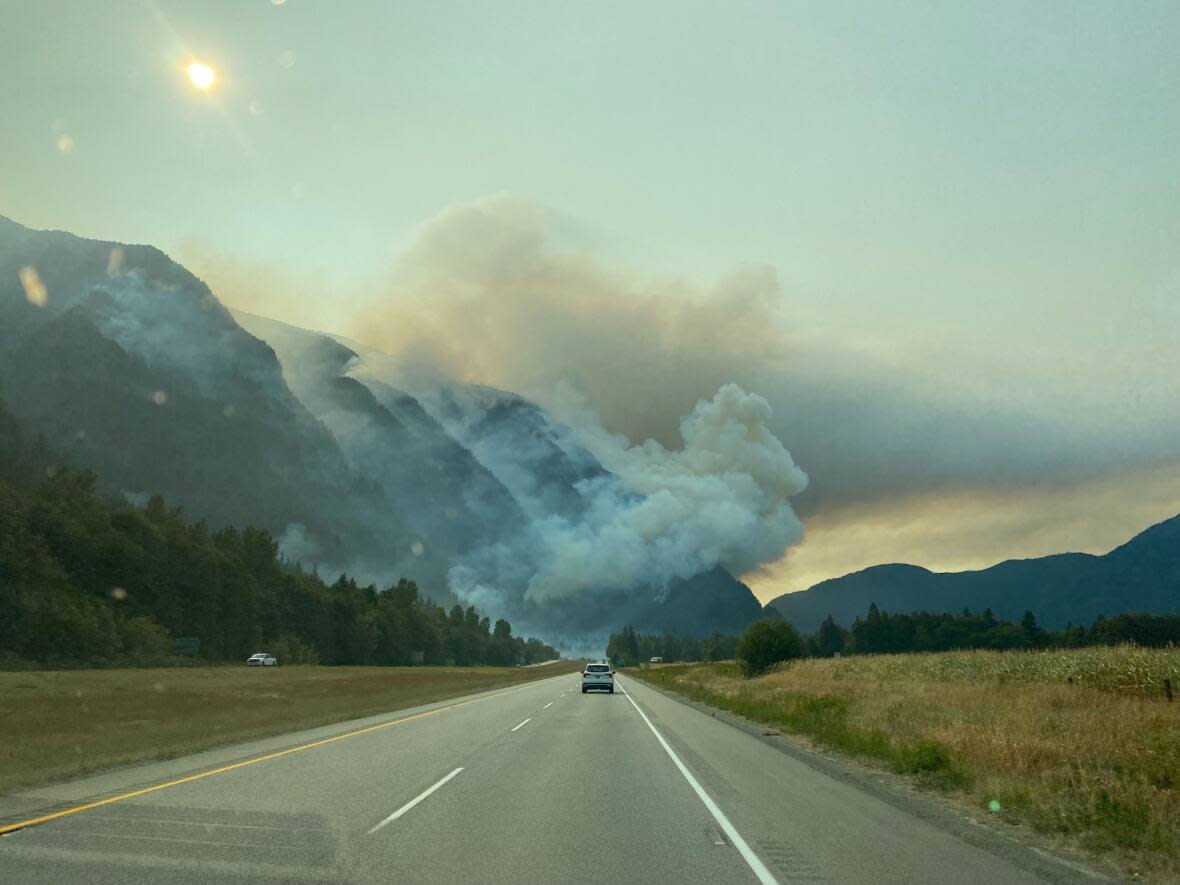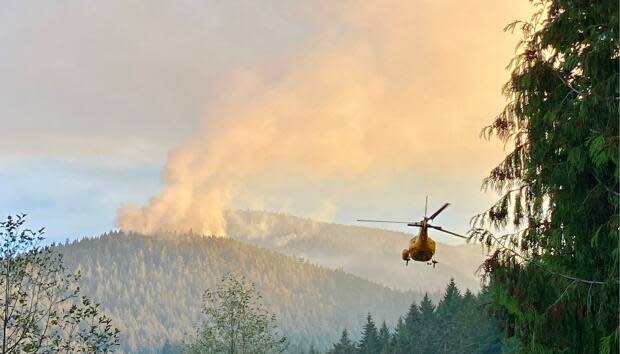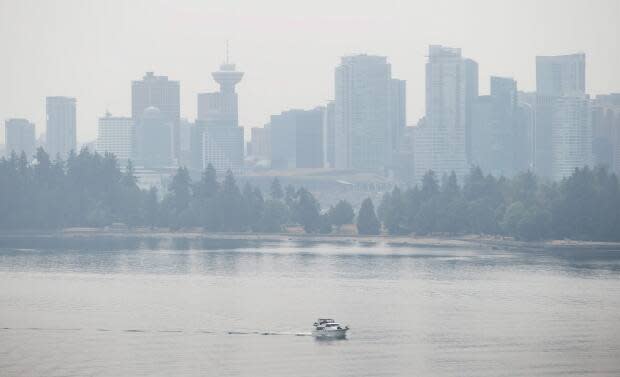Climate change posing increasing risks to the health of British Columbians, new report finds

The B.C. Lung Federation says in its latest report that climate change and its effects — wildfires, smoke and heat domes included — pose the most significant risk to the health of British Columbians.
The conclusion in the organization's State of the Air report crunches the data from 2021, a year when 740 people in the province died from heat exhaustion or smoke inhalation, according to the B.C. Centre for Disease Control.
"Without a doubt, climate change is impacting our health, no matter if you have underlying conditions or not," said Christopher Lam, the CEO of the B.C. Lung Foundation.
The June 2021 heat dome that saw Lytton, B.C., set an all-time high record temperature in Canada of 49.6 C before burning to the ground was found to have produced high ground-level ozone levels across the Lower Mainland. Five locations in the region recorded annual levels of ground ozone that exceeded the national standard.
Lam said ground-level ozone is an important marker because of how destructive it is to human health and lung function.
"What a heat dome essentially does is that ground-level ozone stays at the ground instead of dissipating. When you breathe that in, it is like giving your lung tissue a sunburn. That can create a significant long-term health issue, even for healthy individuals," he said.
Likewise, the wildfires of 2021 caused widespread smoke and poor air quality across the province. Metro Vancouver alone saw four air quality advisories issued during that summer, which used to be extremely rare but now occur with greater frequency.

"This past summer, we experienced a lot of wood smoke and wildfire smoke here in the Lower Mainland, most from fires happening south across the board, as well as east of us in Hope and Chilliwack. That happens with much higher frequency now than it did before," said Lam.
Smoke travelling farther, sticking around longer
The report finds that since 2014, wildfire smoke has travelled farther, reached higher altitudes and lingered around communities longer. The change is attributed to the series of historic wildfire seasons between 2017 and 2021.
"It really does show you that this is not a political, geographical issue. This affects everybody regardless of where you live," Lam said.

Sarah Henderson, the scientific director of environmental health services at the BCCDC, said while regulations are reducing conventional sources of air pollution, other kinds are increasing.
"Previously, vehicles and industry were the big sources of air pollution, but we are gaining tighter and tighter regulatory control over those, which means that other sources like wildfires, open burning and residential wood heating are contributing a larger and larger fraction to the overall mix."


